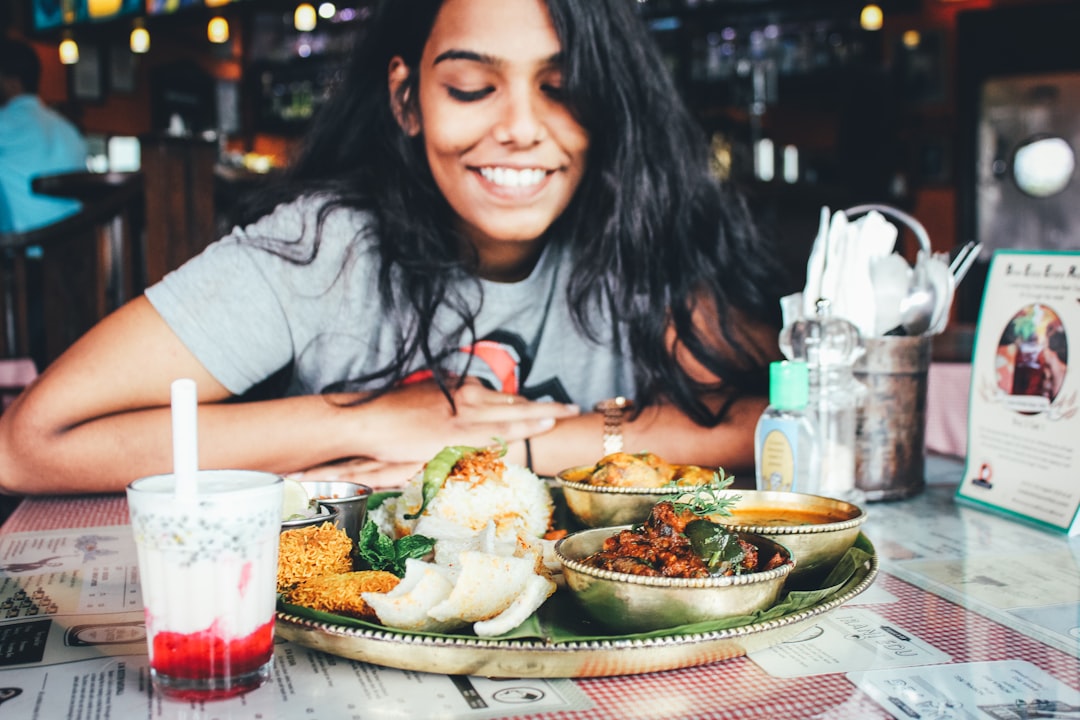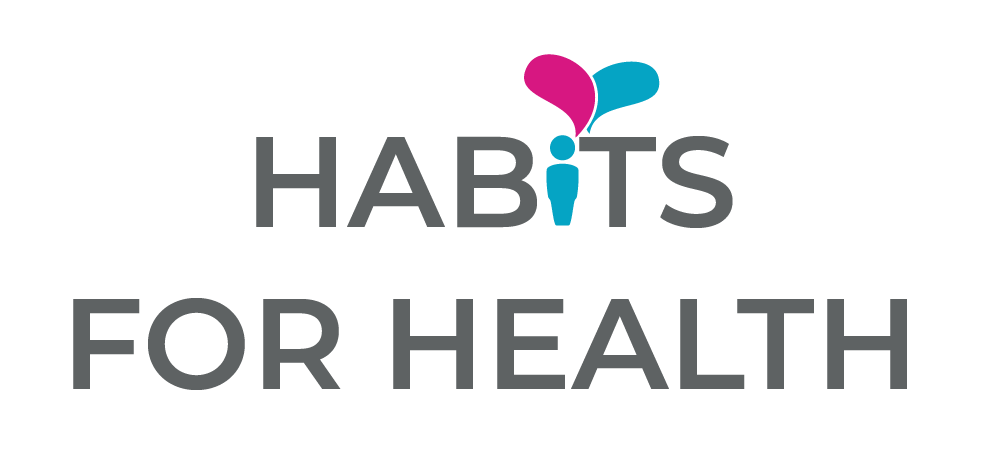Do you ever find yourself battling those insistent urges for a specific food, even when you know you're not truly hungry? You're definitely not alone! Food cravings can feel overpowering and frustrating. The good news is, understanding how to stop food cravings starts with tuning into your body and recognising what it really needs.
We’ll explore what drives cravings, how to manage them, and how creating balance can lead to a healthier, more mindful relationship with food.
How to stop food cravings: Decoding Your Hunger
When learning how to stop food cravings, it’s essential to understand the hunger signals your body uses to communicate. Just like learning a new language, it takes practice to interpret whether you’re experiencing physical hunger, emotional hunger, or simply responding to external triggers.
Recognising True Hunger vs. Cravings
- True Hunger: Real physical hunger is your body’s way of signalling it needs fuel. This could feel like a gradual rumble in your stomach, low energy, or a sense of emptiness. When your hunger is genuine, you’ll be open to a variety of foods to satisfy it, not just a specific indulgence.
- Cravings and Emotional Eating: Cravings often have little to do with physical hunger. They might crop up as sudden urges, often linked to stress, boredom, sadness, or even celebration. Emotional eating often involves seeking comfort in specific food types, like sugary or fatty foods. Understanding this distinction is key in learning how to stop food cravings effectively.
What Drives Cravings?
The Hormonal Balancing Act
Two key hormones, ghrelin and leptin play a pivotal role in regulating hunger and fullness:
- Ghrelin (the "hunger hormone") signals to your brain that it’s time to eat. It rises before meals and falls after eating.
- Leptin (the "fullness hormone") tells your brain when you’ve had enough. Produced by fat cells, its signals can be disrupted by poor sleep or irregular eating patterns.
When these hormones are out of sync, such as through restrictive dieting or erratic meal habits, cravings can intensify. Aiming for balanced and consistent eating patterns helps regulate these hormones, reducing the likelihood of intense cravings.
Behavioural and Psychological Triggers
Cravings can also be shaped by:
- Learned habits: We often associate certain foods with comfort or reward, creating automatic responses to eat them in certain emotional states.
- Stress and lack of sleep: Stress hormones like cortisol, as well as sleep deprivation, can increase cravings, especially for high-sugar and high-fat foods.
- Underlying nutritional needs: Sometimes, cravings might be your body’s way of signalling a nutritional deficiency, like low magnesium or iron.
How To Stop Food Cravings
While cravings can feel daunting, there are simple strategies you can adopt to regain control and create healthier habits that align with your health and wellbeing goals.
1. Build Awareness of Your Hunger Signals
- Use a Hunger Scale: Rate your hunger on a scale of 1 to 10 (1 being extremely hungry and 10 being uncomfortably full). Are you truly hungry, or are you eating for another reason?
- Pause and Reflect: When a craving hits, take a moment to ask yourself: Is this physical hunger, or am I triggered by stress, fatigue, or emotion?
- Journal Your Patterns: Keeping a food and mood diary can help identify emotional eating patterns and trigger situations.
2. Balance Your Meals to Reduce Cravings
What you eat has a significant impact on how to stop food cravings:
- Ensure your meals include protein, healthy fats, and fibre to keep you feeling fuller for longer and to stabilise blood sugar levels.
- Opt for whole, unprocessed foods that nourish your body, avoiding highly refined, sugary snacks that can cause energy spikes and crashes.
- Eat at regular intervals to prevent extreme hunger, which can fuel impulsive eating.
3. Navigate Cravings with Practical Techniques
- Hydrate First: Thirst can masquerade as hunger. Drink a glass of water to see if the craving dissipates.
- Distract Yourself: Step away from the cupboard and engage in an activity even a short walk or reading a book can break the craving cycle.
- Swap and Substitute: If you’re craving something unhealthy, choose a healthier alternative. For instance, replace crisps with veg and hummus, or satisfy a sweet tooth with a piece of fruit.
4. Address the Root Causes
It’s not always about the food, emotional needs can often drive cravings. Explore healthier ways to manage these emotions:
- Practice mindfulness or meditation to manage stress.
- Channel your emotions into journaling, creative hobbies, or exercise.
- If needed, seek guidance from a coach or health professional to identify emotional triggers and develop strategies to cope.
Your Journey to Food Freedom
How to stop food cravings isn’t just about staying in control, it’s about improving both your mental and physical well-being. By choosing nutrient-dense foods and eating consistently, you can stabilise energy levels, reduce stress, and even improve sleep quality, all of which work together to regulate hunger hormones and minimise cravings.
Learning how to stop food cravings is a journey of self-discovery. By tuning into your body, addressing emotional triggers, and creating a nourishing diet, you can break free from the cycle of cravings and develop a healthier, more empowering relationship with food.
Remember, food is not your enemy, it’s your fuel. Nourish your body, respect your hunger, and enjoy your journey to lasting food freedom by making small, manageable changes to your diet.


